What is a high pressure plunger pump and its characteristics
The operating pressure of the high-pressure plunger pump should generally be between 10MPa and 100MPa. It belongs to a positive displacement pump, and uses the periodic change of the volume in the working chamber to achieve the purpose of conveying liquid; the mechanical energy of the prime mover is directly converted into the pressure energy of conveying liquid through the pump; the capacity of the pump only depends on the change in the volume of the working chamber and its The number of changes per unit time is theoretically independent of the discharge pressure. The reciprocating pump periodically changes the volume of stainless steel high pressure triplex plunger pump the working chamber by means of the reciprocating motion of the piston in the working chamber of the liquid cylinder (or through the periodic elastic deformation of flexible elements such as diaphragms and bellows in the working chamber). Structurally, the working chamber of the reciprocating pump is separated from the outside world by means of a sealing device, and is communicated or closed with the pipeline through the pump valve (suction valve and discharge valve).
1. Instantaneous flow is pulsating
This is because in the plunger pump, the suction and discharge of the liquid medium are alternately carried out, and the speed of the piston is constantly changing during the displacement process. In a pump with only one working chamber, the instantaneous flow of the pump not only varies with time, but is discontinuous. With the increase of the working chamber, the pulsation amplitude of the instantaneous flow becomes smaller and smaller, and it can even be regarded as turbulent flow in practice.
2. The average flow is constant
Theoretically, the flow rate of the pump only depends on the main structural parameters of the pump, n (reciprocating times per minute), S (piston stroke), D (piston diameter), Z (piston number), independent of the discharge pressure, and related to the conveying medium. Physical and chemical properties such as temperature and viscosity are irrelevant. So the flow rate of the pump is constant.
3. The pressure of the pump depends on the pipeline characteristics
The discharge pressure of the plunger pump cannot be defined by the pump itself, but depends on the piping characteristics of the pump device and is independent of the flow rate. That is, if the conveyed liquid is considered to be incompressible, then in theory it can be considered that the discharge pressure of the reciprocating pump will not be limited, and any desired discharge pressure of the pump can be established according to the piping characteristics of the pump device. Of course, all reciprocating pumps have a stipulation on the discharge pressure of the pump. This does not mean that the discharge pressure of the pump will not increase, but just means that due to the limitation of the rated power of the prime mover and the structural strength of the pump itself, it is not allowed to Use beyond this discharge pressure.
4. Strong adaptability to conveying medium
In principle, the plunger pump can transport any medium, and is almost not limited by the physical and chemical properties of the medium. Of course, due to the limitations of the material and manufacturing process of the liquid end and the sealing technology, there are sometimes situations that cannot be adapted.
5. Good self-priming performance
The plunger pump not only has good suction performance, but also has good self-priming performance. Therefore, for most reciprocating pumps, it is usually not necessary to prime the pump before starting. The machine has high efficiency and energy saving.
1. Instantaneous flow is pulsating
This is because in the plunger pump, the suction and discharge of the liquid medium are alternately carried out, and the speed of the piston is constantly changing during the displacement process. In a pump with only one working chamber, the instantaneous flow of the pump not only varies with time, but is discontinuous. With the increase of the working chamber, the pulsation amplitude of the instantaneous flow becomes smaller and smaller, and it can even be regarded as turbulent flow in practice.
2. The average flow is constant
Theoretically, the flow rate of the pump only depends on the main structural parameters of the pump, n (reciprocating times per minute), S (piston stroke), D (piston diameter), Z (piston number), independent of the discharge pressure, and related to the conveying medium. Physical and chemical properties such as temperature and viscosity are irrelevant. So the flow rate of the pump is constant.
3. The pressure of the pump depends on the pipeline characteristics
The discharge pressure of the plunger pump cannot be defined by the pump itself, but depends on the piping characteristics of the pump device and is independent of the flow rate. That is, if the conveyed liquid is considered to be incompressible, then in theory it can be considered that the discharge pressure of the reciprocating pump will not be limited, and any desired discharge pressure of the pump can be established according to the piping characteristics of the pump device. Of course, all reciprocating pumps have a stipulation on the discharge pressure of the pump. This does not mean that the discharge pressure of the pump will not increase, but just means that due to the limitation of the rated power of the prime mover and the structural strength of the pump itself, it is not allowed to Use beyond this discharge pressure.
4. Strong adaptability to conveying medium
In principle, the plunger pump can transport any medium, and is almost not limited by the physical and chemical properties of the medium. Of course, due to the limitations of the material and manufacturing process of the liquid end and the sealing technology, there are sometimes situations that cannot be adapted.
5. Good self-priming performance
The plunger pump not only has good suction performance, but also has good self-priming performance. Therefore, for most reciprocating pumps, it is usually not necessary to prime the pump before starting. The machine has high efficiency and energy saving.
Related Products
-
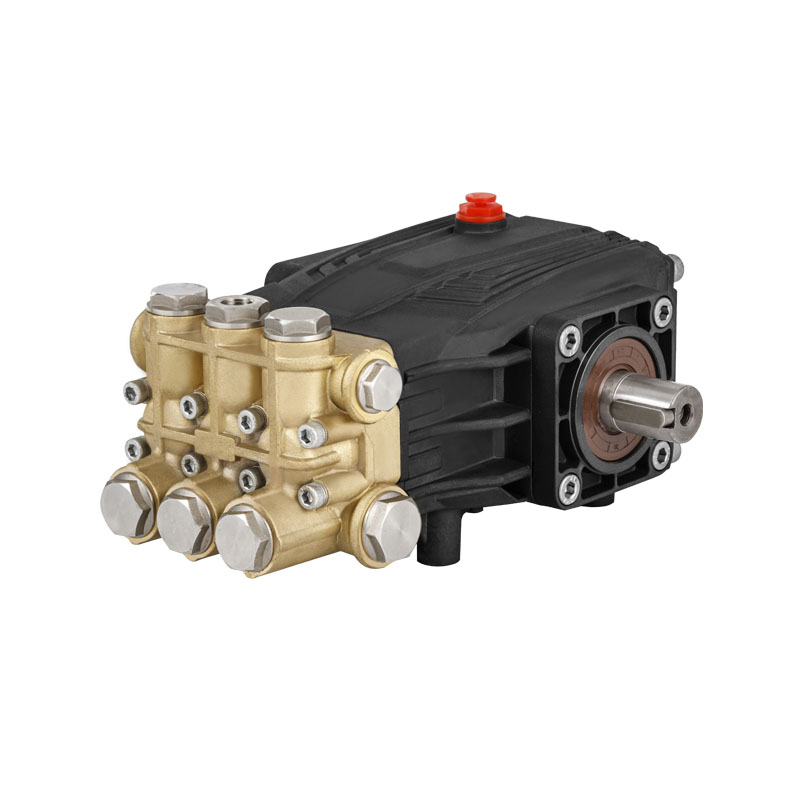 High pressure triplex plunger pump 100bar JPB-N0510
High pressure triplex plunger pump 100bar JPB-N0510 -
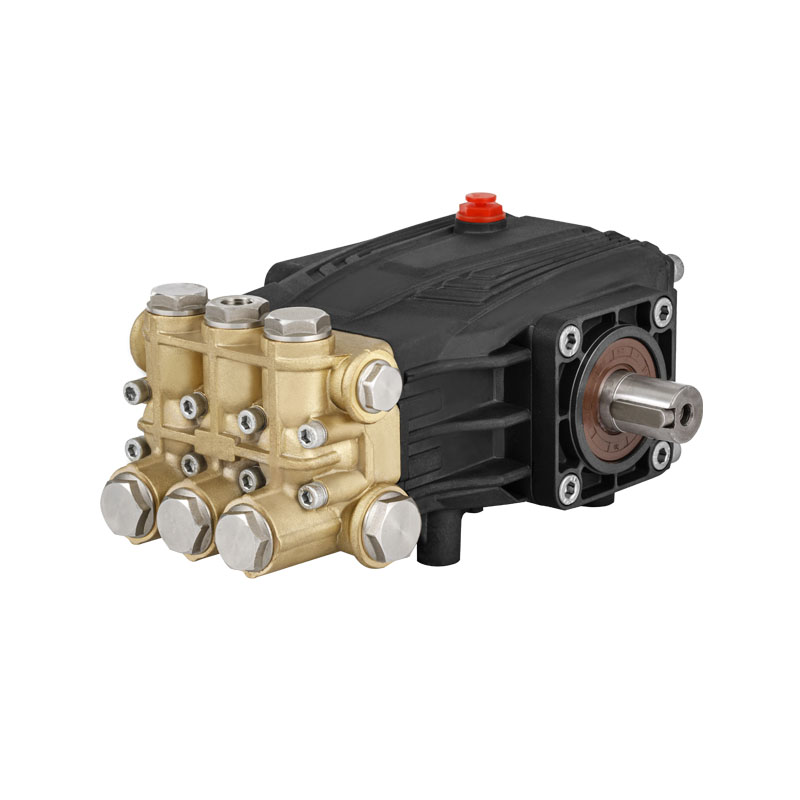 High-pressure Triplex plunger pumps 180bar JPB-N0818
High-pressure Triplex plunger pumps 180bar JPB-N0818 -
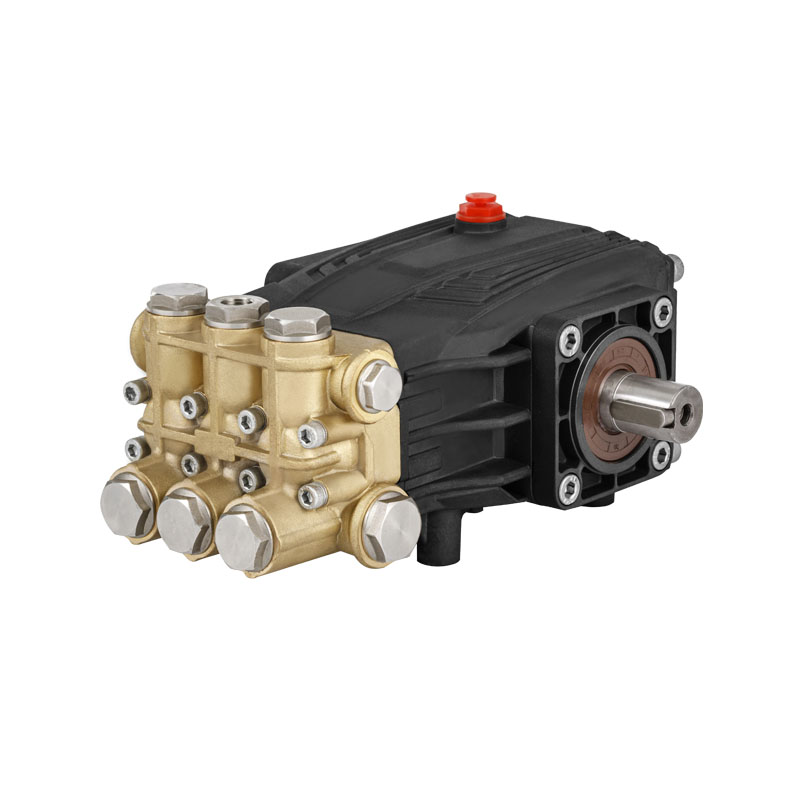 200bar Ceramic High Pressure Pump Pistion pump JPB-N1120
200bar Ceramic High Pressure Pump Pistion pump JPB-N1120 -
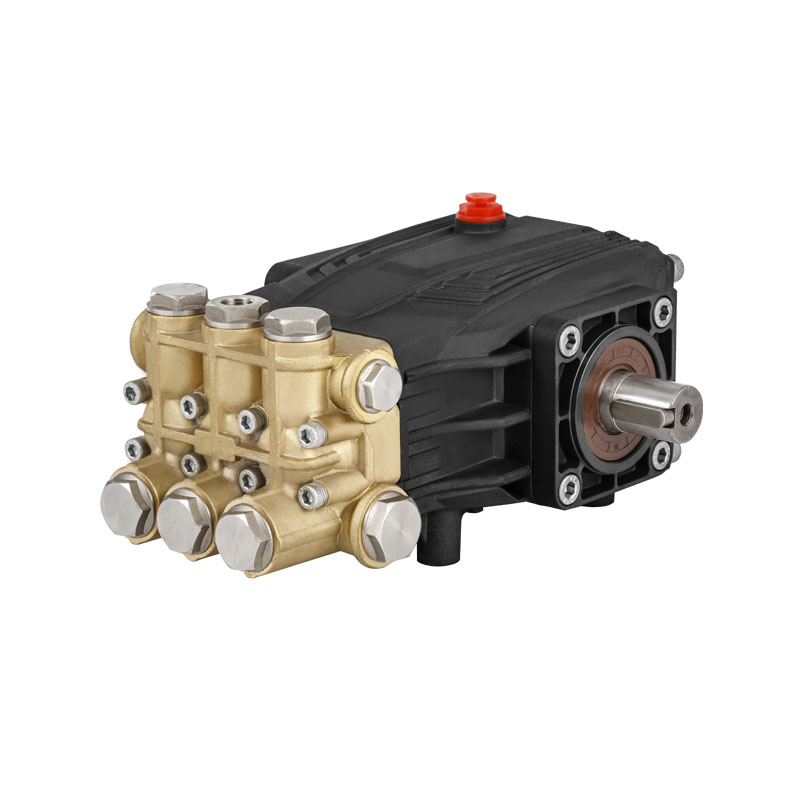 High Pressure Triplex Plunger Pump 2900psi Reciproating plunger pump JPB-N1320
High Pressure Triplex Plunger Pump 2900psi Reciproating plunger pump JPB-N1320 -
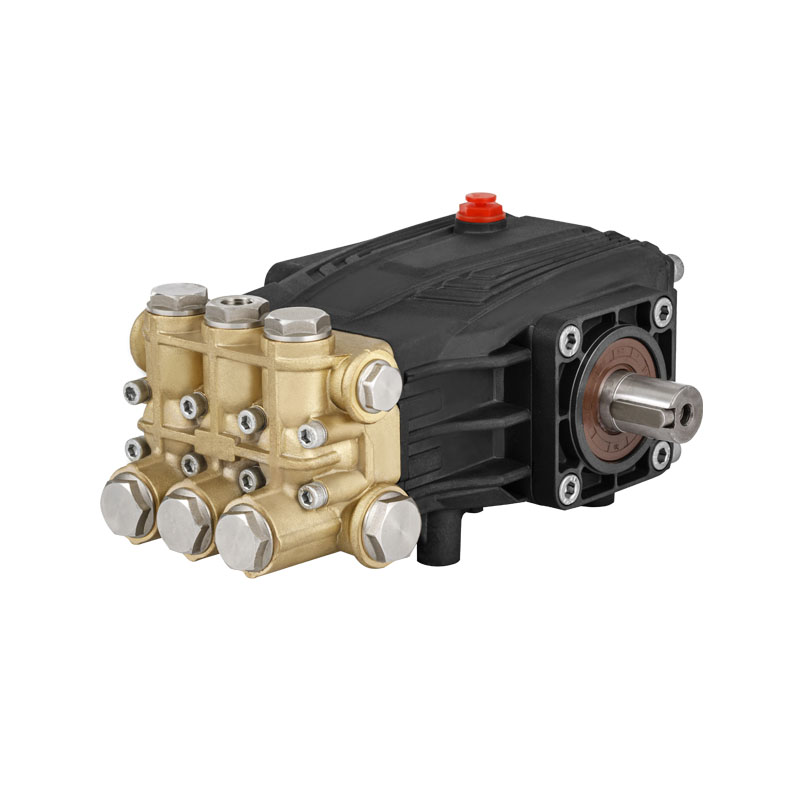 Car Wash Durable high pressure Triplex plunger pump 15LPM JPB-N1520
Car Wash Durable high pressure Triplex plunger pump 15LPM JPB-N1520 -
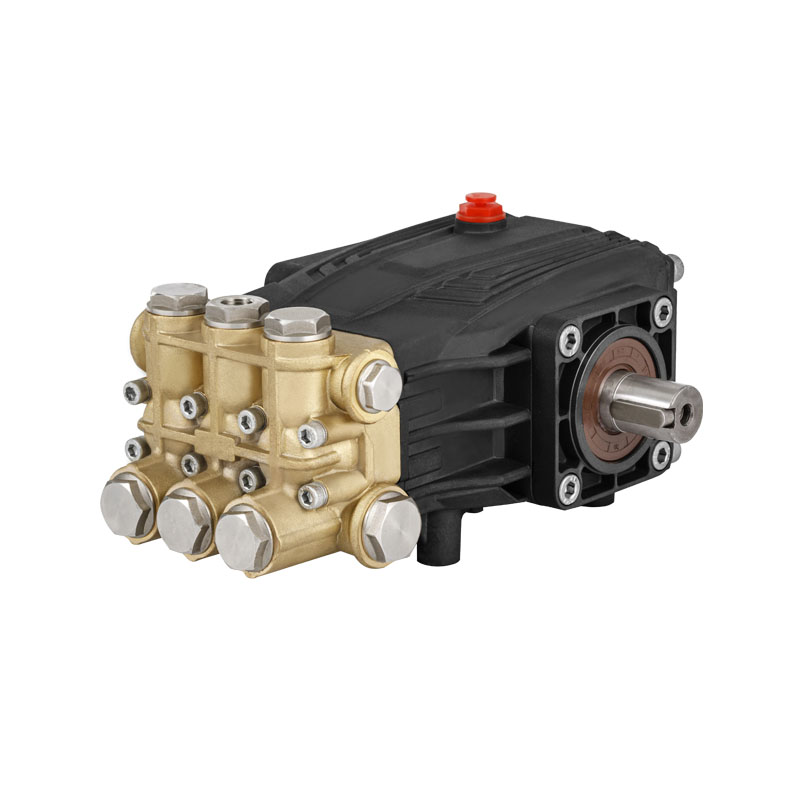 1450psi High Pressure Ceramic plunger pump JPB-N1910
1450psi High Pressure Ceramic plunger pump JPB-N1910 -
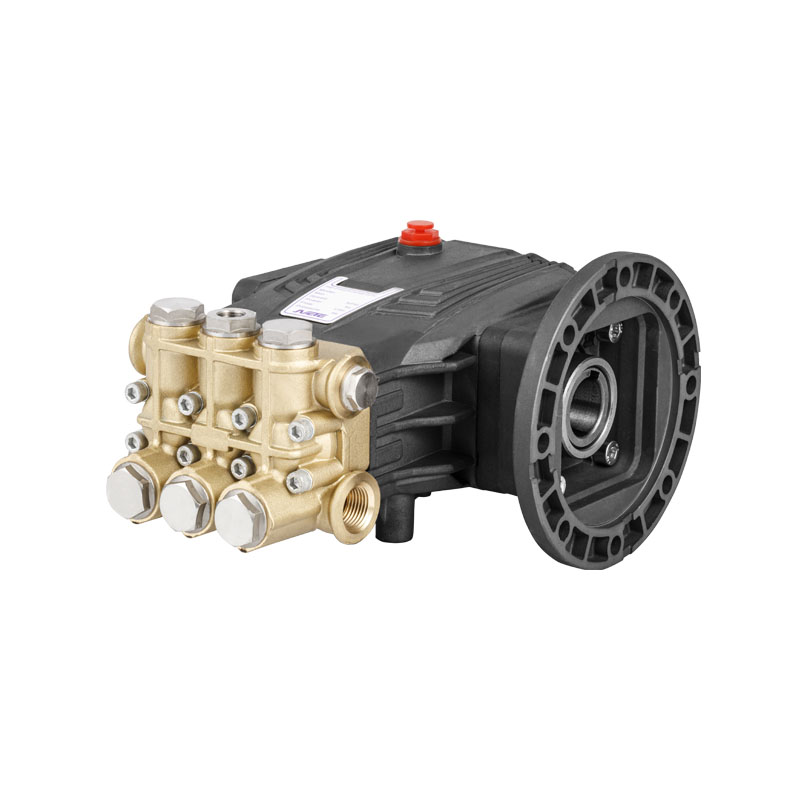 5Lpm 100Bar High Pressure Triplex Pump For Water Washer Sewer jetting pump JPB-C0510
5Lpm 100Bar High Pressure Triplex Pump For Water Washer Sewer jetting pump JPB-C0510 -
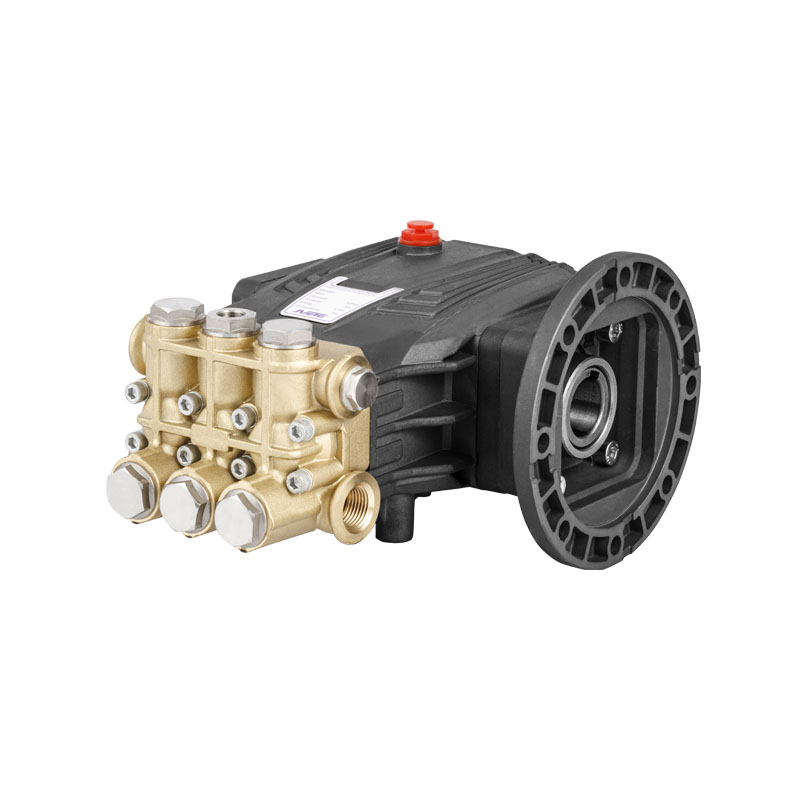 180bar High Pressure Water jet pump JPB-C0818
180bar High Pressure Water jet pump JPB-C0818 -
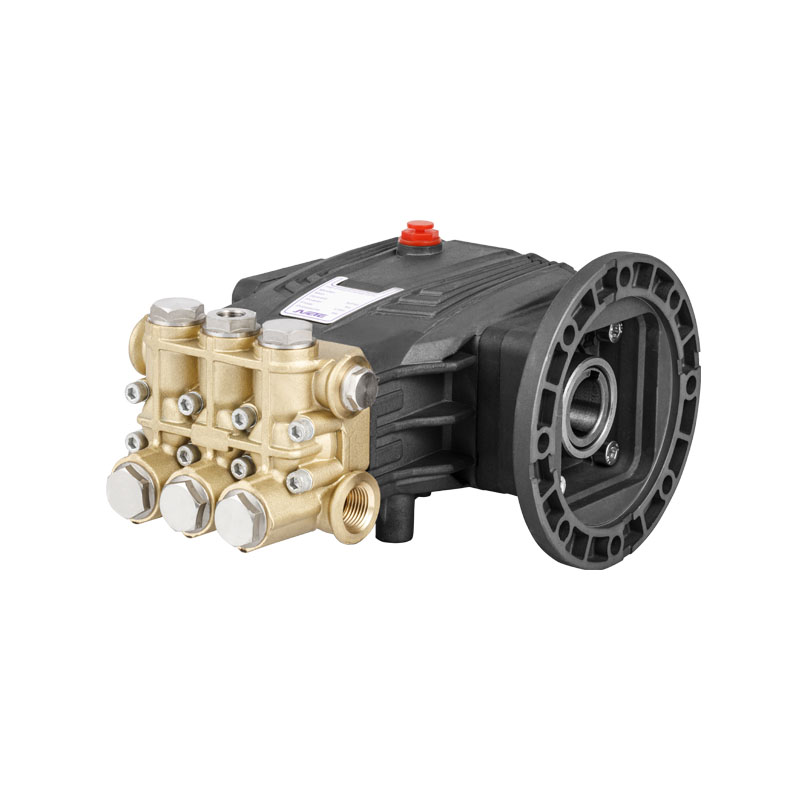 200bar postion pumps High pressure washer pumps JPB-C1120
200bar postion pumps High pressure washer pumps JPB-C1120 -
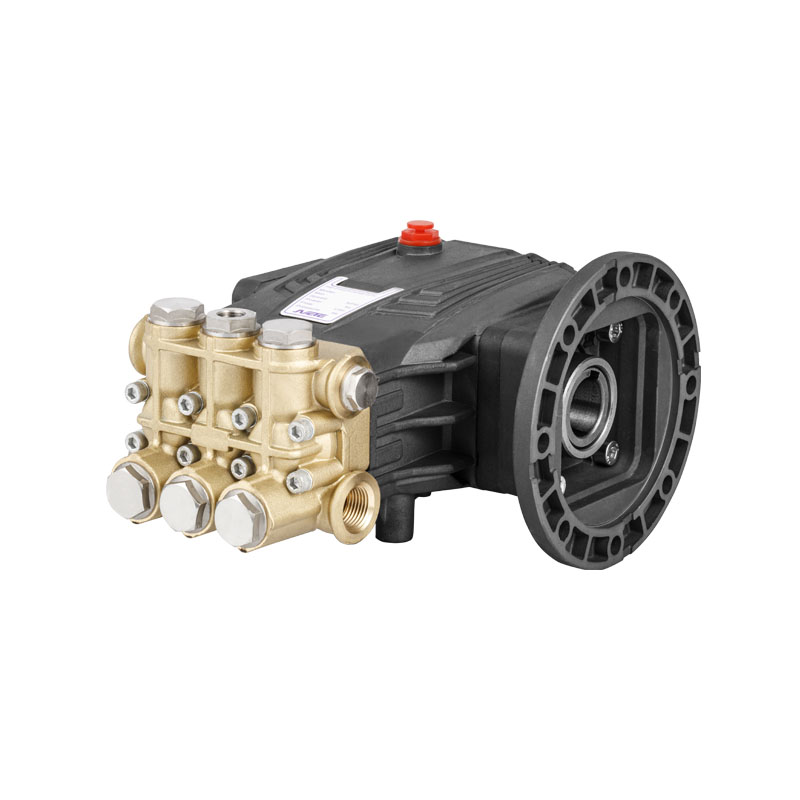 Industrial Triplex Plungers Piston Pump Dydro jet cleaning pump JPB-C1320
Industrial Triplex Plungers Piston Pump Dydro jet cleaning pump JPB-C1320





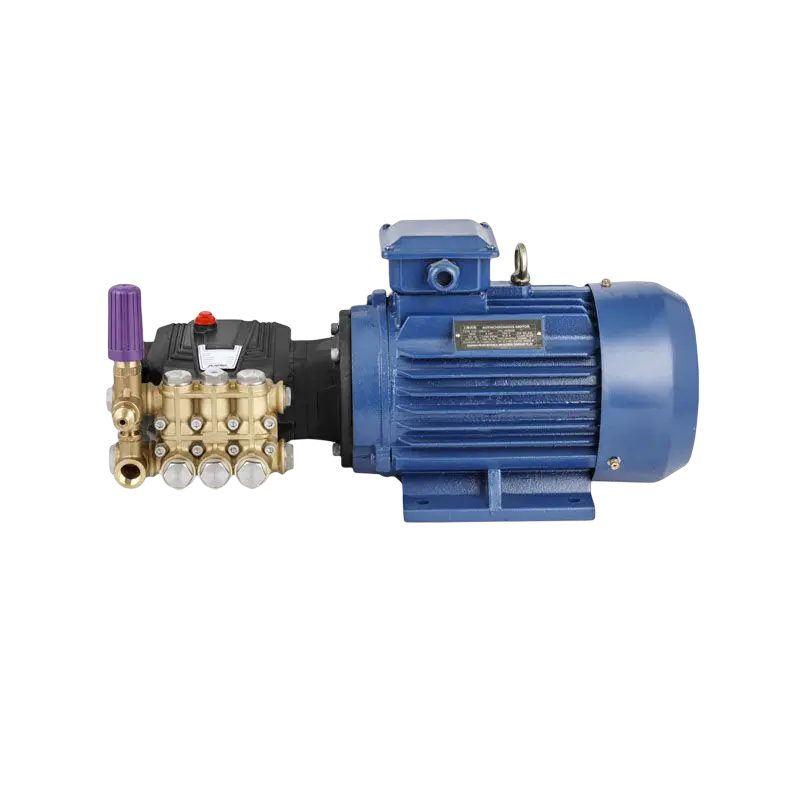
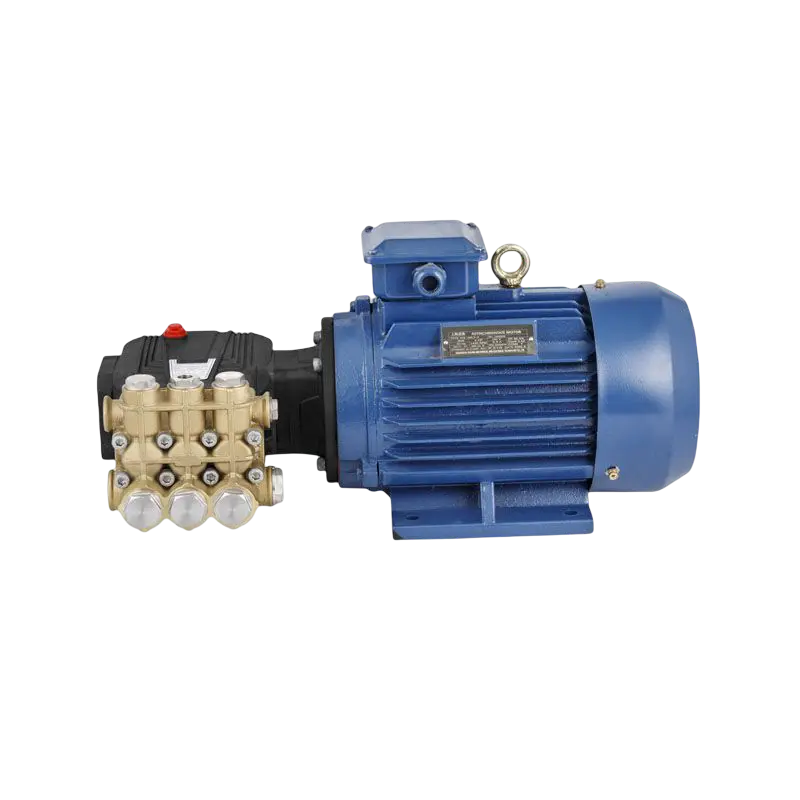
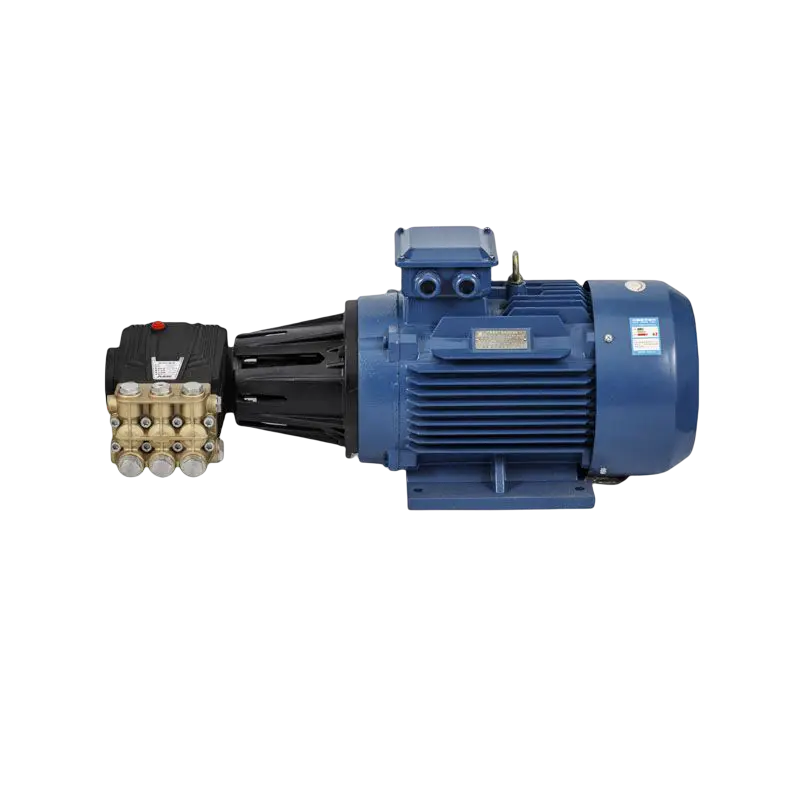
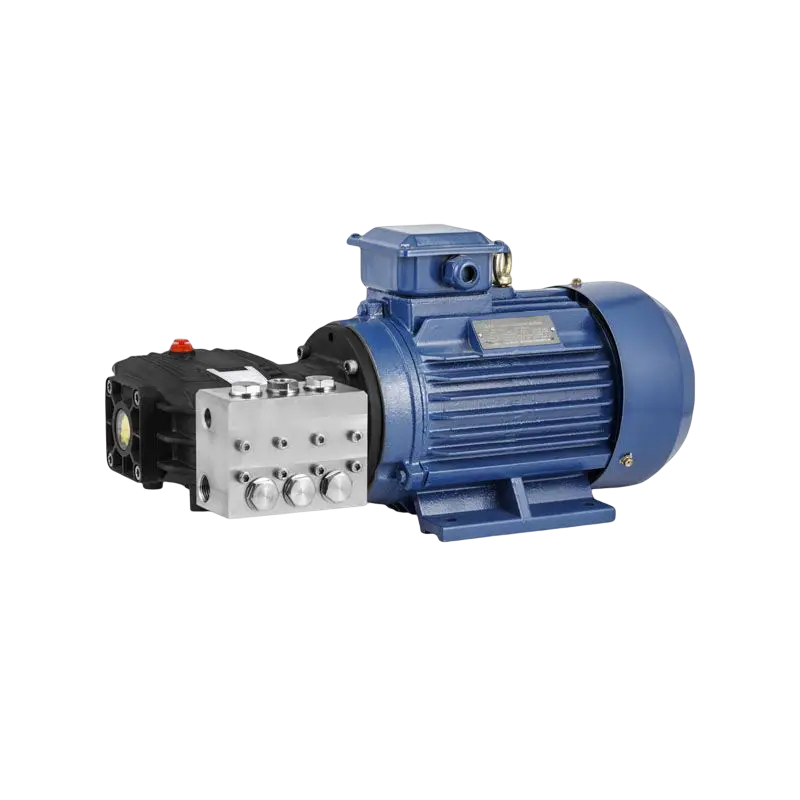
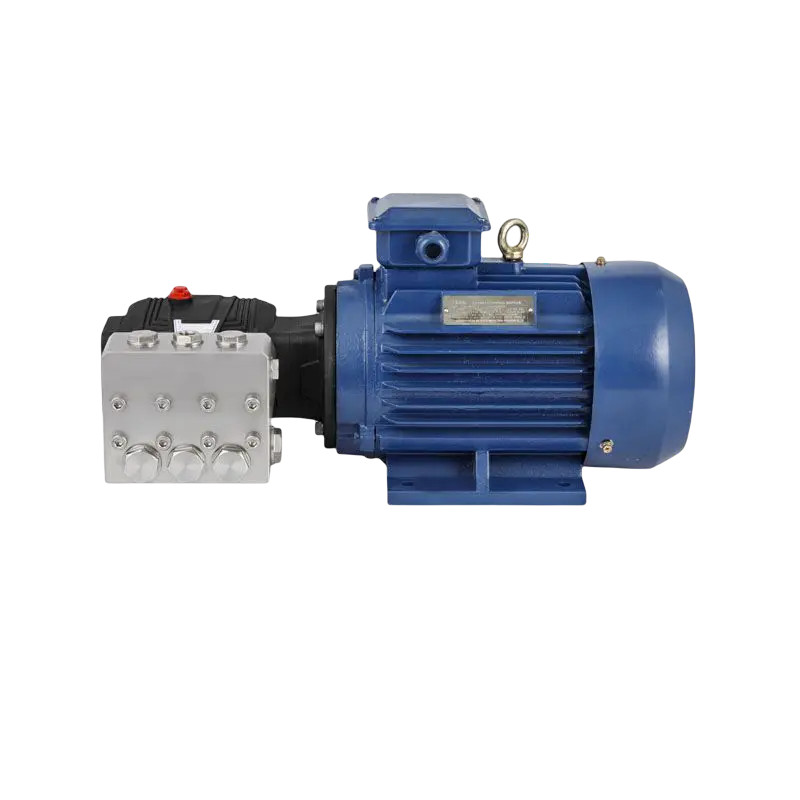
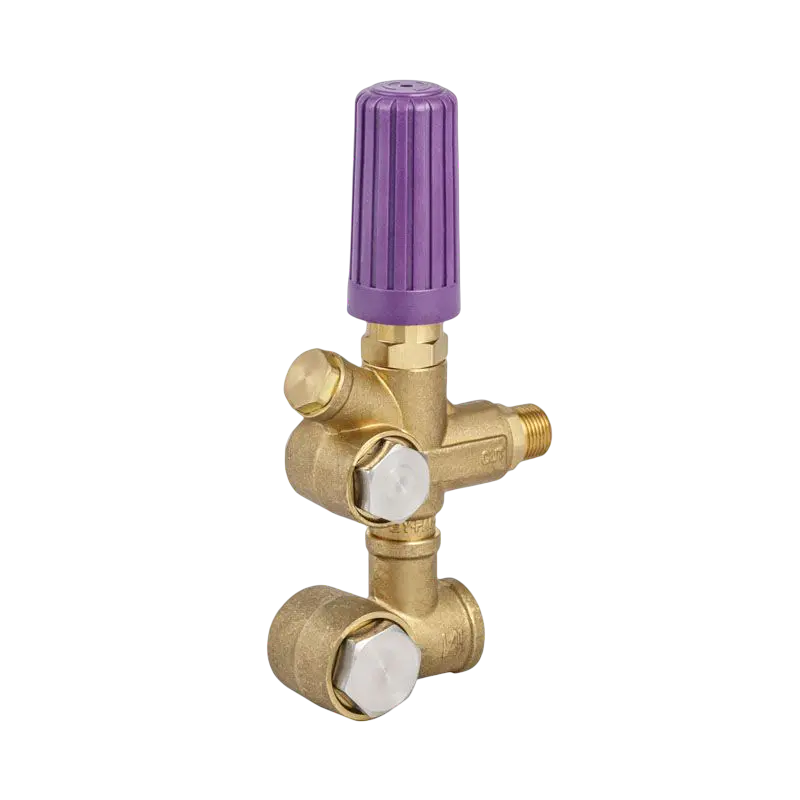
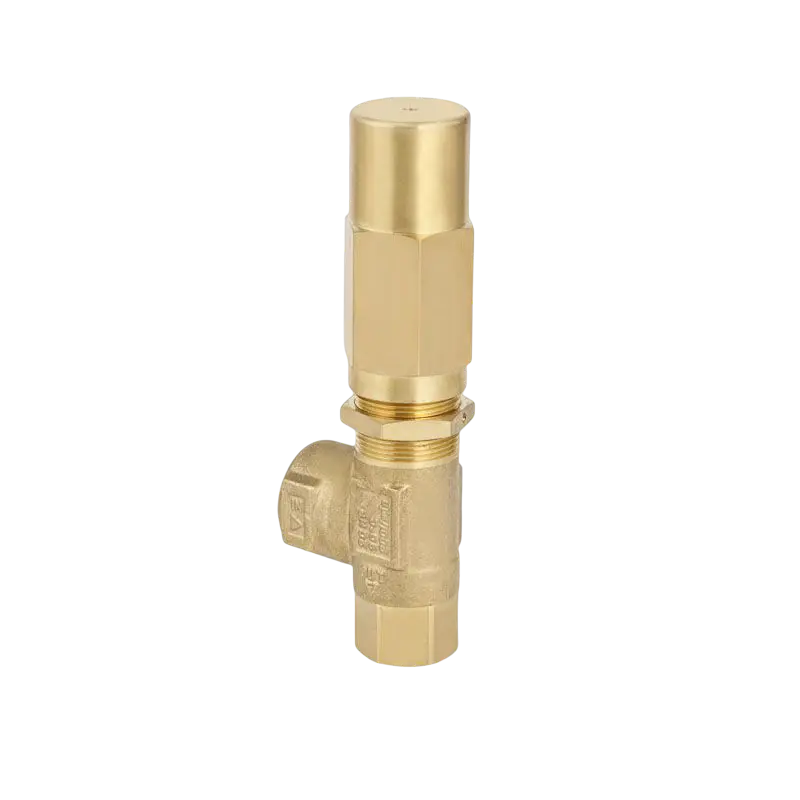
-2(1).png)
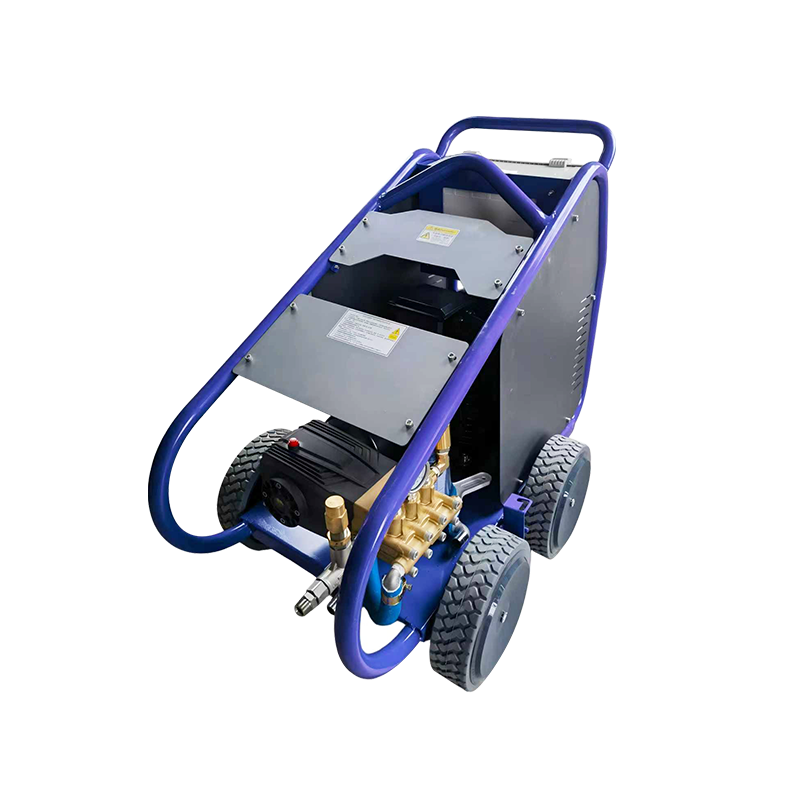

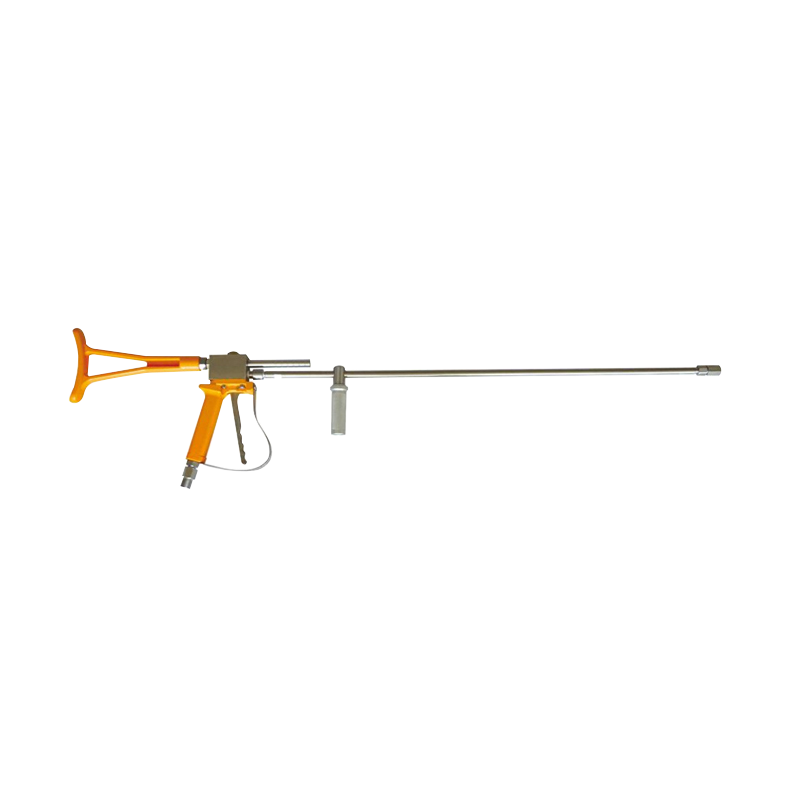

 English
English Español
Español



